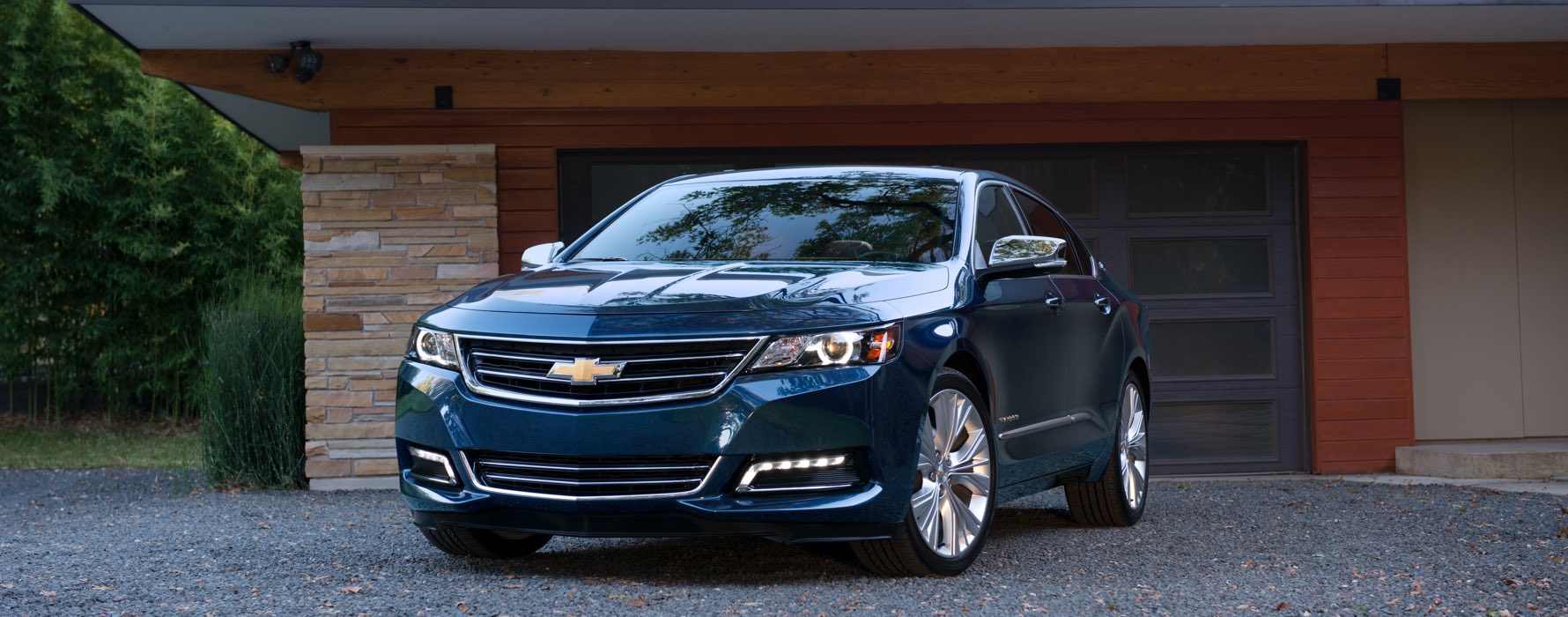2020 Chevy Impala Fuel Efficiency & Gas Consumption
The 2020 Chevy Impala is like the business casual of full-size cars. It has a cosmopolitan feel with its sleek lines, yet an almost unmistakable athletic feel.
The cabin is spacious with wood grain accents and internet capability. The aerodynamics of the exterior allows both the sophisticated, spacious features inside the car while simultaneously achieving fuel efficiency. Here is all you need to know about the Impala’s gas mileage and how to maximize fuel efficiency in general.
For a full-sized car, the Impala runs so efficiently you would almost think it was a hybrid. But this car has the benefit of efficiency, features, and an amazingly smooth ride. Depending on your feature selection, there are different options in engines, which can result in slight variations in miles per gallon (mpg).
The 2020 Chevy Impala mpg is a combined 22 mpg with 18 mpg city driving and 28 mpg for highway driving. However, Car and Driver reports that their real-world test on the V-6 Impala engine in a 200-mile highway test resulted in 32 mpg, which matched the Maxima and outperformed a four-cylinder LT model.
Comparing Apples to Apples
Keep in mind when you are researching fuel efficiency that you must compare apples to apples. This means comparing full-sized vehicles to full-sized vehicles and engines to engines.
The Chevy Impala mpg is a strong performer compared to other cars in its class. If fuel efficiency is important to you, then there are additional steps you can take to ensure you get the most miles per gallon and attain fuel efficiency in general.
Here are some tips for gaining more effective gas mileage.
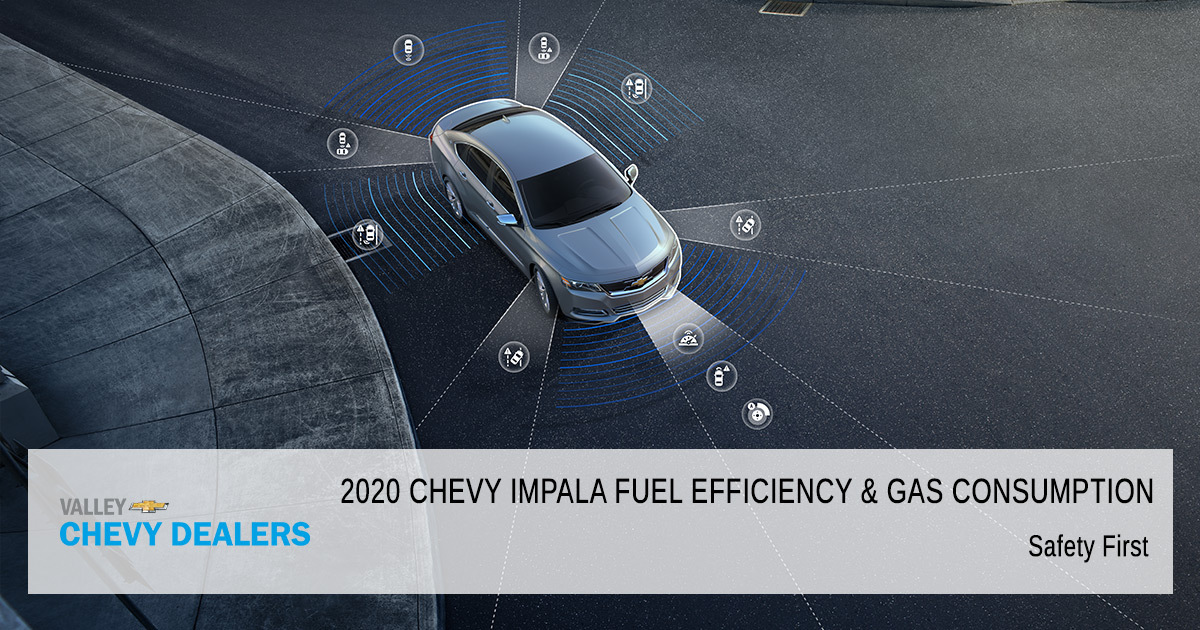
1. Safety First
Do you have a lead foot? Are you an aggressive driver? Both of these driving styles waste gas, sometimes significantly. One study revealed that gas mileage was reduced anywhere from ten to 40 percent. Habits are hard to break. There are driver feedback devices available that will help coach you and provide data as you adjust your driving.
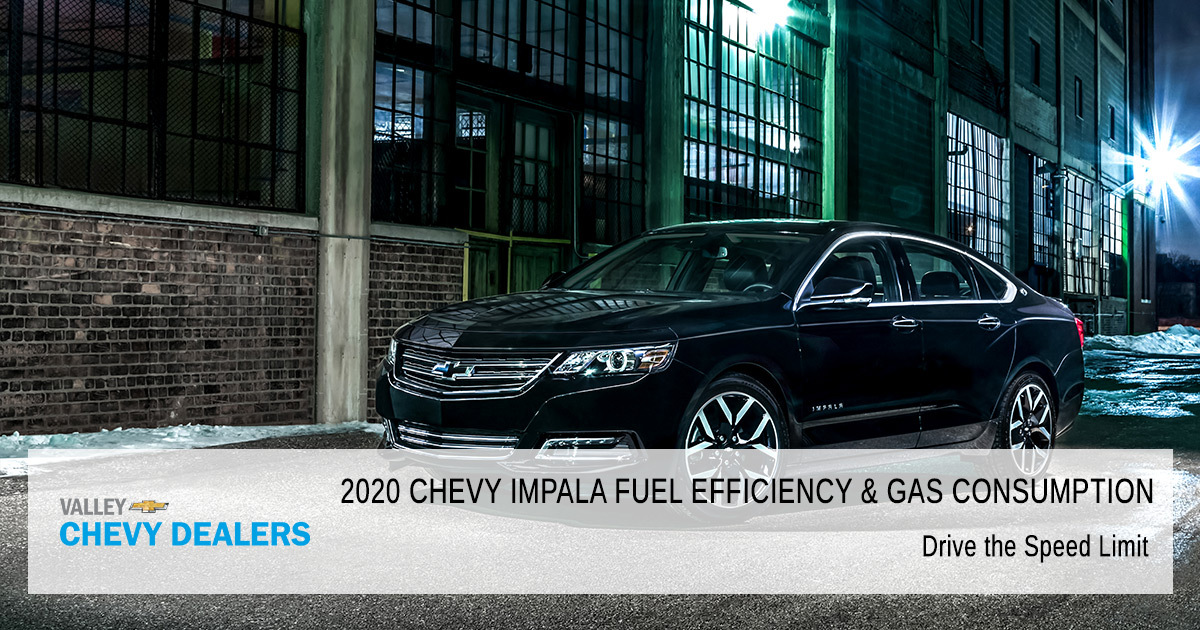
2. Drive the Speed Limit
In addition to the obvious safety and legal risks, driving the speed limit positively impacts your fuel usage. While every vehicle realizes the greatest fuel efficiency at a different place, the law of diminishing returns applies to all vehicles.
This means that the faster you go, typically over 50 mph, the less efficient your engine runs from a fuel standpoint. This results in real dollars being lost in gas.
3. Idle Hands...
If you carpool, pick up kids from activities, arrive at places early, or experience any other situation where you remain in your car with the engine idling, you should know that this burns gas unnecessarily. It generally takes less gas to start the engine than it does to idle extended periods of time.
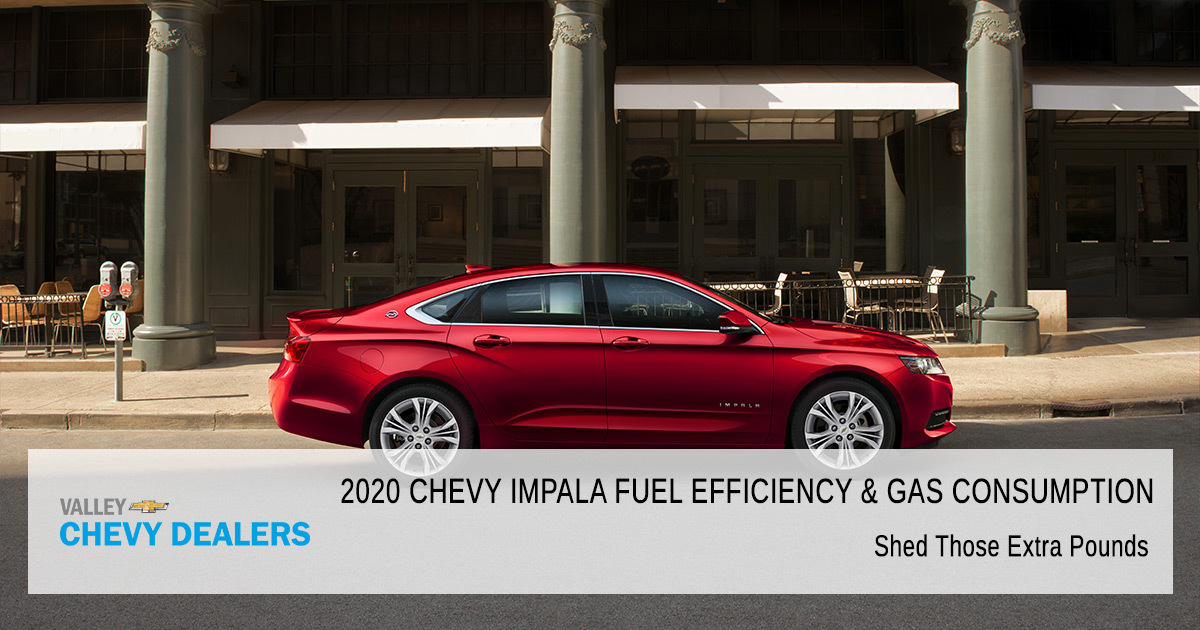
4. Shed Those Extra Pounds
Whether you are hauling around items inside your vehicle or on top of it, excessive weight can reduce your mpg. It is no secret that cargo containers placed on the top of vehicles create wind drag.
If you are traveling with a cargo carrier, try to find one that goes on the back of the car instead of on top. If it must go on top, find one that is as aerodynamically-shaped as possible, and remove it when it's not in use. The smaller the vehicle, the more this plays a role.
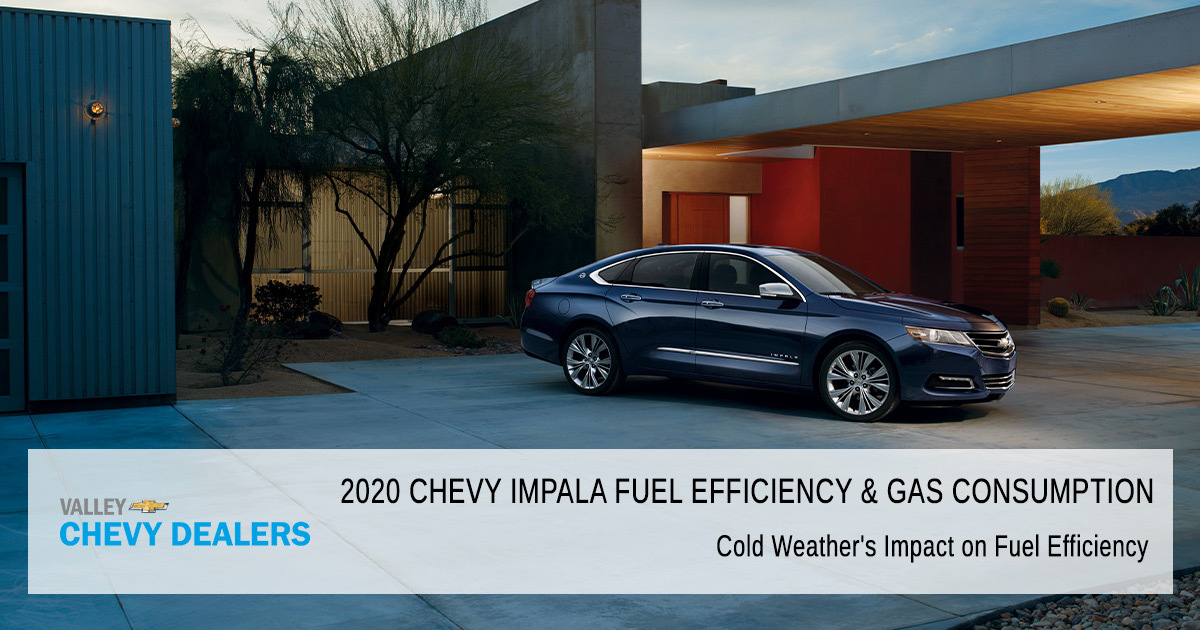
Cold Weather's Impact on Fuel Efficiency
Fuel economy studies reveal that short-trips in the city are far less efficient at below-freezing temperatures than on a mild, sunny day in the mid-70s.
On average, fuel efficiency decreases between 12 to 22 percent in below-freezing temperatures for trips ranging from three to ten miles. This is due to several factors:
- Cold weather causes an increase in the time it takes for your engine to heat up and become fuel-efficient. This is especially true on short trips when your engine may not ever fully warm up.
- Remember idling? Warming up your vehicle before you get in is more pleasant, but the idling time results in zero mpg.
- Cold engine oil and other drive-line fluids increase engine and transmission friction.
- Winter temperatures decrease tire pressure.
- Colder air is denser than warm air, which creates more wind drag, especially at higher speeds.
In severe winter weather, a four-wheel drive uses more fuel. Also, people tend to drive slow on icy and snow-covered roads. The lower speeds, especially in city driving, reduce fuel efficiency.
Improving Cold-Weather Fuel Efficiency
You certainly can't control the weather. Nor can you mitigate every risk associated with cold weather and its impact on your fuel economy. But there are some things that can help lessen the blow:
- If at all possible, park your vehicle in a garage or somewhere that is somewhat warmer than the outside temperature.
- Remove roof racks and cargo containers that are not in use on the vehicle's exterior.
- Engines warm up faster being driven than they do idling. Don't start your car and let it sit idle for extended periods of time. You should be able to slowly drive off after 30-60 seconds, which is more efficient.
- Regularly check tire pressure.
- Use oil recommended for cold-weather driving by the auto manufacturer.
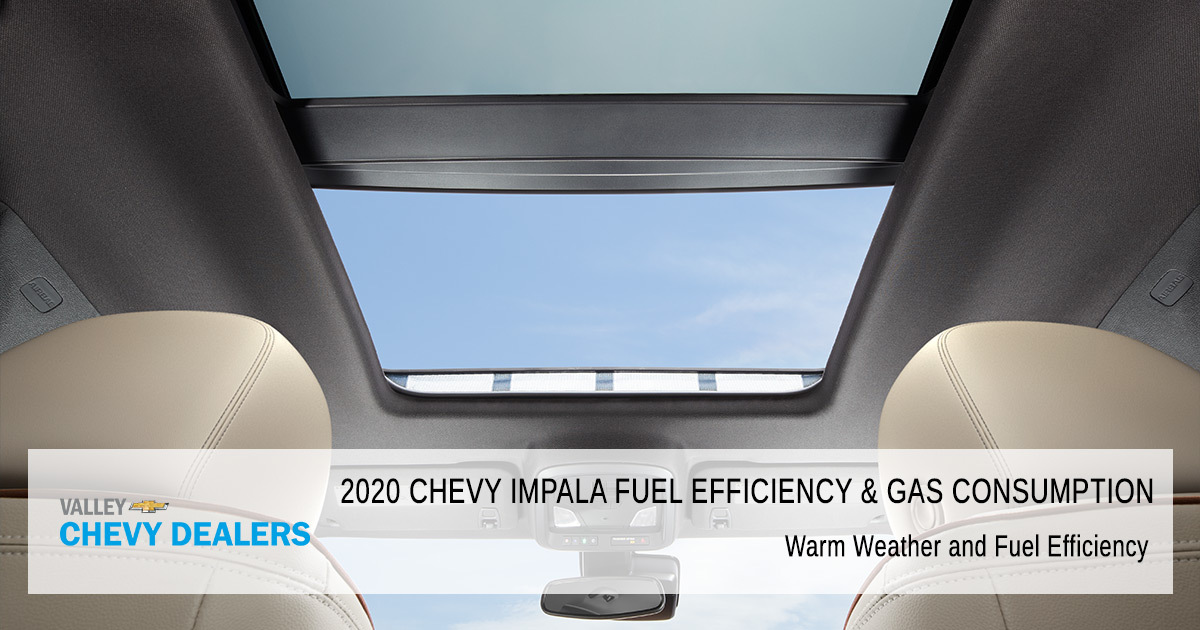
Warm Weather and Fuel Efficiency
It is probably no surprise that warm weather is better for fuel-efficiency. This is due to several factors:
1. Your engine begins warm and is more efficient quicker.
2. Warm air is less dense, and therefore more aerodynamic than cold air, which decreased wind drag and increased fuel efficiency.
3. Gasoline grades in the summer sometimes have slightly more energy.
On the other hand, using the air conditioning and rolling down the windows can negatively impact fuel economy.
In fact, using the air conditioner is the biggest contributor to lowering fuel efficiency in warm weather. Many factors can contribute to this.
In general, using the air conditioner for short trips on hot days creates the most inefficiency. Additionally, rolling the windows down at highway speeds for long periods of time increases wind drag.
So roll down the windows for short trips and use the air conditioner for longer, highway trips. Just be wise about the temperature at which you set the AC and frequency of use. You can also try to keep the car in a more stable climate by parking in the shade and a garage whenever possible.
The Chevy Impala’s mpg is impressive for a full-size vehicle, especially given the additional bells and whistles and spacious interior. On its own, the mpg efficiency is notable and worthy of consideration.
Whether you purchase a Chevy Impala or another vehicle, however, there are numerous factors that impact fuel efficiency. Some of these things can be controlled, and others are outside of your control.
Where you can positively impact your vehicle's overall fuel efficiency, though, you can take active steps to do so and get the most out of your vehicle’s fuel efficiency and the life of your car.
If you want to learn more about the 2020 Chevy Impala or take one for a test drive, we are here to accommodate you. Find the dealership nearest you, and take a test drive today. Find out for yourself how fuel economy, comfort, and design all come together.

